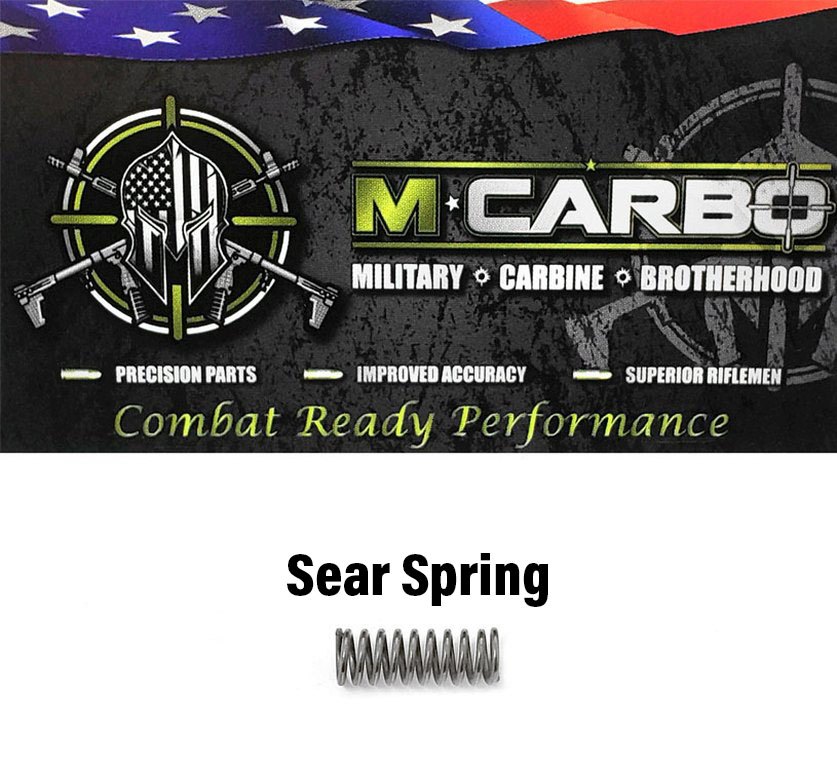Didn't realize the RCFC was in any .22s, thanks for the info. There are certainly plenty of Rem .22s (I'm much more familiar with the little bolt guns) that don't have it.
I think some forum members aren't entirely clear on what a 'design defect' is. Let's use a non-gun example, to eliminate brand loyalty, gun politics, etc.:
Say you had been one of the space shuttle astronauts up to 1985 or 1986. Were there design defects in the booster rocket o-rings? Of course not, all the previous missions came home safely! Who would have thought such a stupid thing?!?!?!?!? There was never a problem before, so therefore, no defect could exist.
But if you ask the family members of the last Challenger crew, if there were design defects that unfortunately became quite obvious on the day of launch; you may well get a different answer.
THAT's what a 'design defect' is. Part of the object, that can fail in an unexpected way, without warning. Unfortunately - Remington makes some otherwise useful products, with horrible trigger designs. I have both an 870 and 1100; have taken apart many of the same, and am always appalled by the sheer amount of filth that tends to accumulate in the trigger groups, when gun owners don't drop the trigger group from time to time and dump them out. Likewise, my handy little 6mm, got a Timney trigger as soon as I took the Walker trigger apart, and LOOKED at it, with all the loose parts flopping around in the housing.





